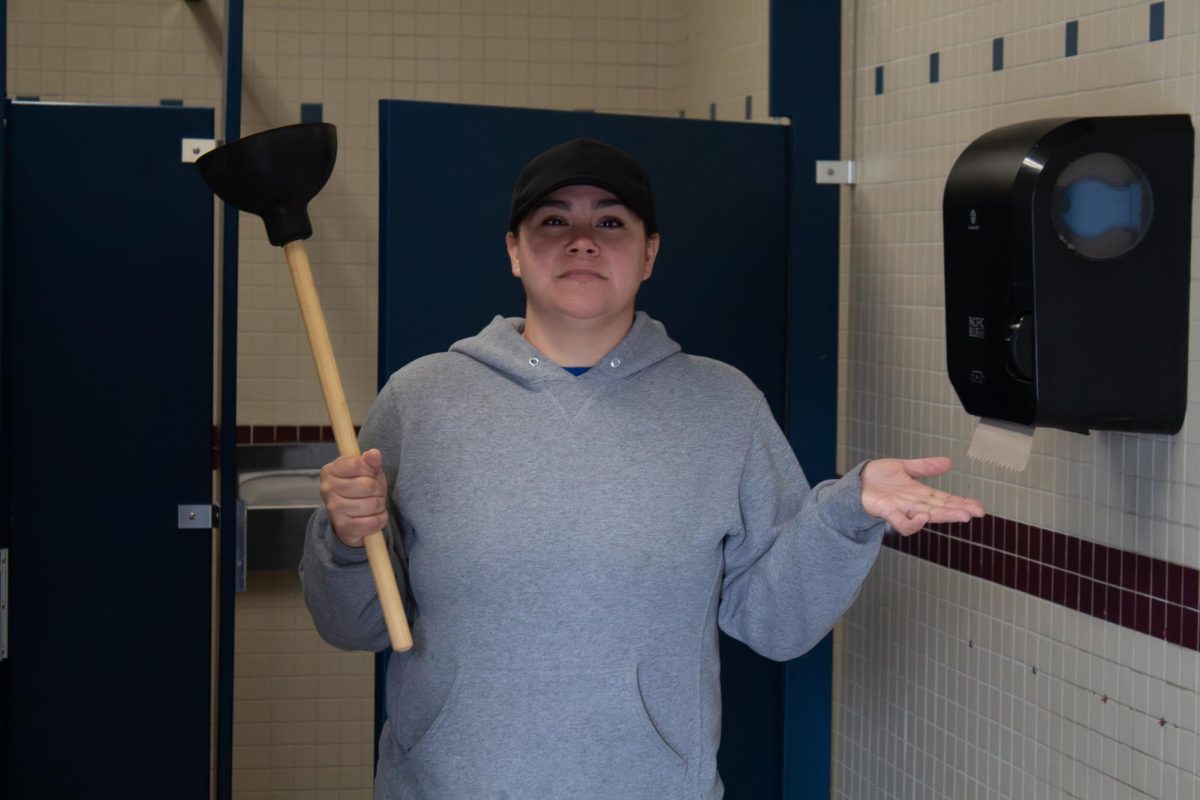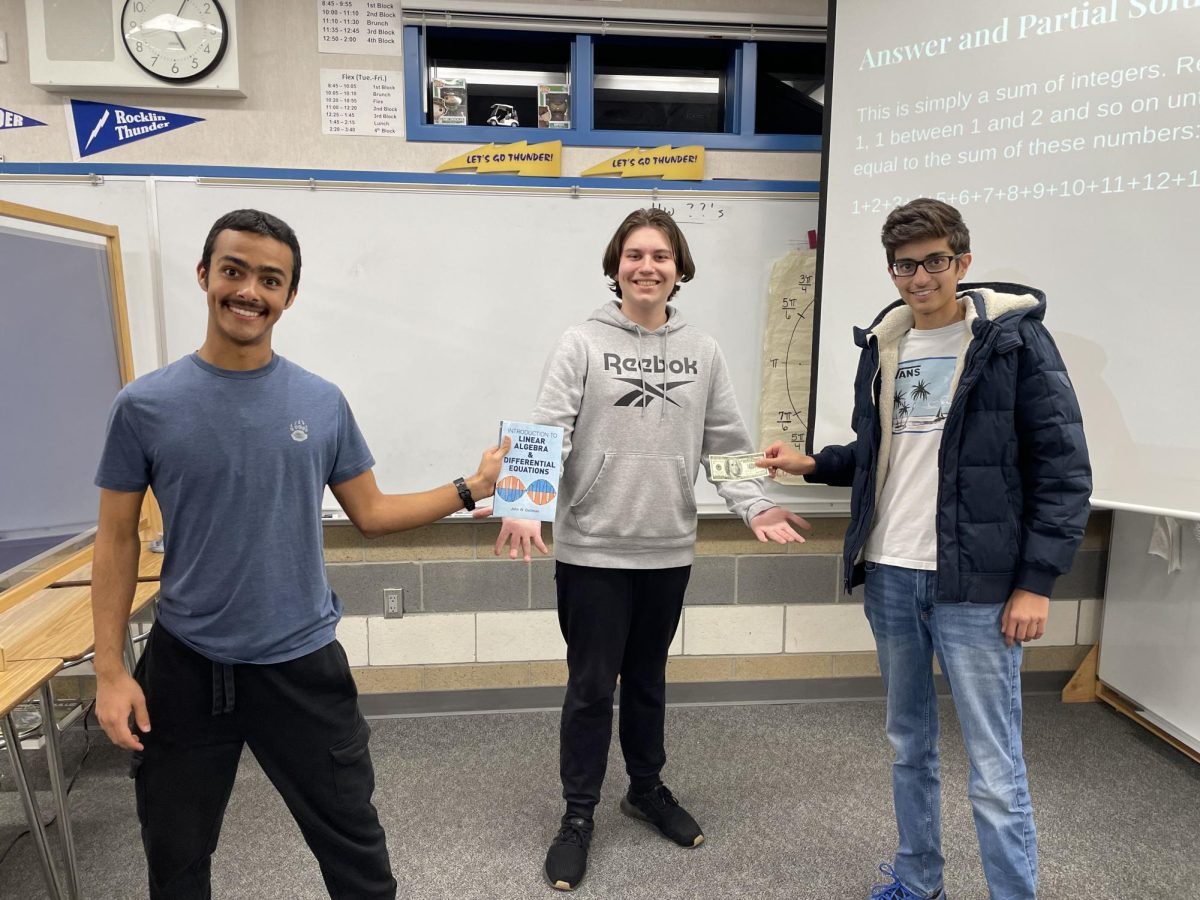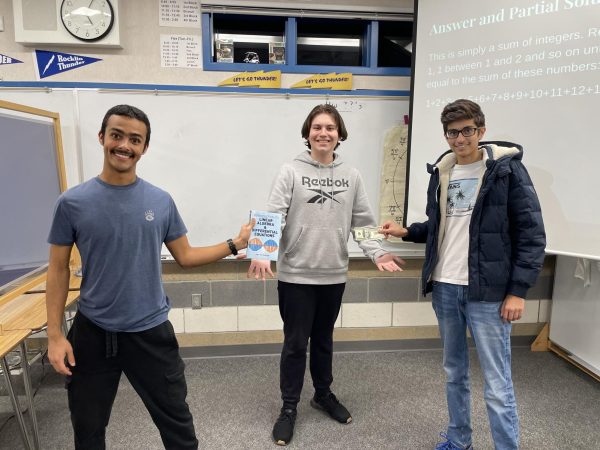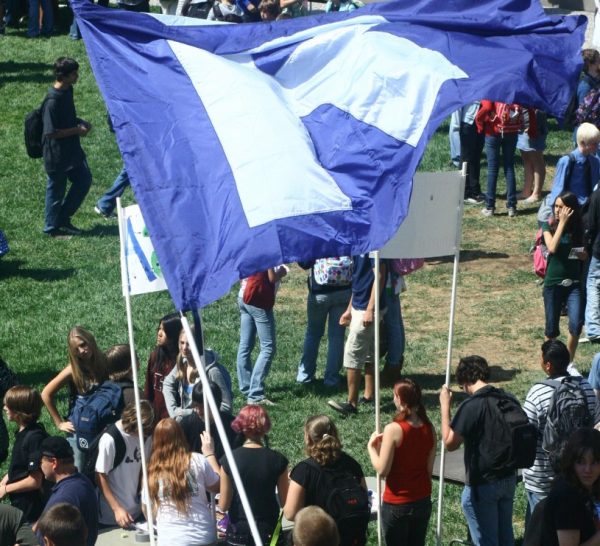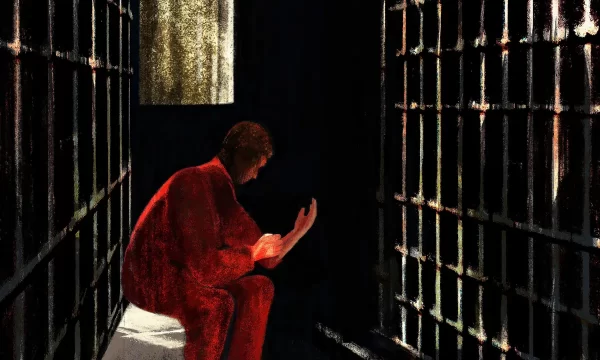History Recorded on the Walls of Aleppo
What’s happening in Aleppo and the hope for evacuation
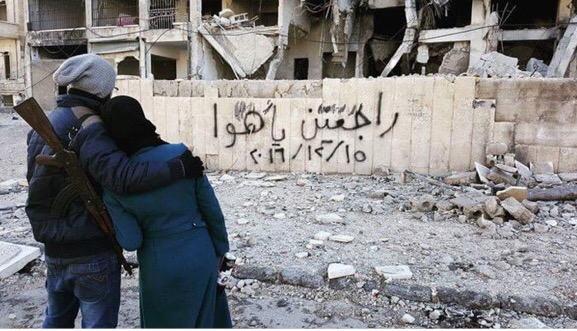
December 22, 2016
“We will return one day.”
“Our destroyed buildings are monuments of our resilience and your crimes.”
“Under each destroyed building is a family buried along with their dreams.”
“To the one who shared the stage of siege with me, I love you.”
These words haunt the streets of Aleppo, Syria, as civilians await their fates to be determined by an evacuation deal.
A genocide, almost unspoken about, has been taking place in the city of Aleppo, as the world silently watches.
Since 2011, around 400,000 civilians have been killed and in the last few weeks, thousands more struggle to keep up as they run out of food, clean water and supplies while temperatures reach freezing. 100,000 more people have been trapped with no hope of escape as military forces have taken over about 98% of the city. Convinced that they will die under these forces, the people have been posting their final goodbyes on social media, with a desperate hope that the rest of the world will get a hint of what is happening.
However, as of Dec. 15, an evacuation deal has been put in place, though the civilians have not yet been rescued.
Other than the fact that if this was happening to a European nation, the world would be mourning for weeks, the insignificant amount of attention that this issue has received says a lot about the media as well as the citizens of first world countries who have barely batted an eye at these tragedies. For some reason the flag colors on profile pictures only come in European flags and our support for them is worn with pride, but genocide in third world countries is disregarded.
“Love me away from the country of sadness and repression… away from the city that is saturated from death,” decorates the wall of another crumbled building as we decorate our Christmas trees.





